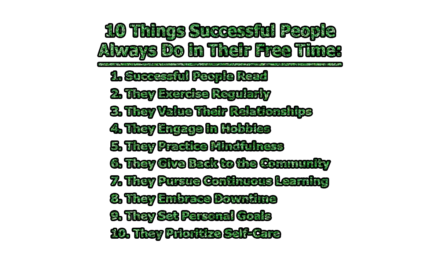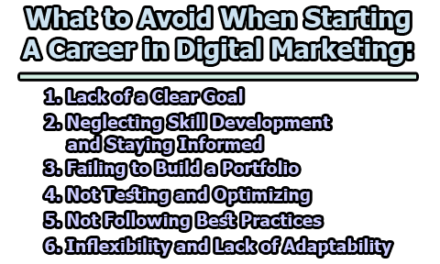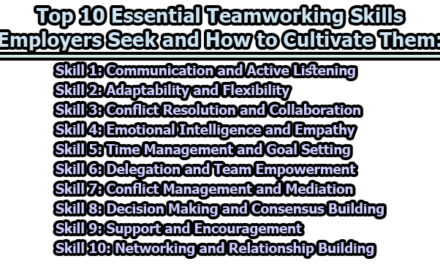Prerequisites for an Effective Change Management Process:
In the dynamic landscape of today’s business world, organizations face constant challenges that demand adaptability and resilience. To navigate these challenges successfully, the adoption of a robust change management process is crucial. However, embarking on such a journey requires careful consideration of several prerequisites. In this article, we will explore the prerequisites for an effective change management process.
1. Understanding the Influential Need for Change: Before embarking on a change management process, organizations must establish a collective understanding of the influential need for change. This involves clarifying the definition of change management and ensuring that both leaders and employees recognize the potential benefits that change can bring to the organization. Without a shared understanding of why change is necessary, there is a risk of encountering resistance and skepticism, which can impede the success of any change initiative.
To foster this understanding, leaders can initiate transparent discussions about the current state of the organization, the challenges it faces, and the opportunities that change can unlock. Workshops, training sessions, and communication campaigns can be employed to disseminate information and educate employees about the rationale behind the proposed changes. Creating a sense of urgency and illustrating the positive impact of change on the organization’s future can motivate individuals to embrace the need for transformation.
2. Leadership Commitment and Active Involvement: Leadership commitment is a linchpin in the change management process. Leaders must not only endorse change but actively participate in driving and facilitating it. Their presence and commitment set the tone for the entire organization, influencing how employees perceive and respond to change. When leaders lead by example, demonstrating a genuine belief in the change initiative, employees are more likely to follow suit.
Active involvement from leaders includes clear communication of the change vision, addressing concerns, and providing the necessary resources and support for the change effort. Leaders should be visible and approachable, fostering an environment where employees feel comfortable seeking guidance. This involvement goes beyond rhetoric; it entails a hands-on approach to navigating the challenges and uncertainties that accompany change.
3. Open Communication and Psychological Safety: Effective communication is a cornerstone of successful change management. Creating an environment where employees feel psychologically safe to express their opinions, ask questions, and provide feedback is crucial for building trust and mitigating resistance. Open communication channels help dispel uncertainties, address concerns, and ensure that everyone is on the same page regarding the change process.
Establishing psychological safety involves not only encouraging communication but also actively listening to employees’ perspectives. Leaders should create forums for dialogue, such as town hall meetings, Q&A sessions, and feedback mechanisms, to facilitate two-way communication. This approach fosters a sense of inclusivity, signaling to employees that their voices matter and are integral to the success of the change journey.
4. Alignment of Vision and Goals: A shared and higher vision that aligns with the organization’s goals and values is fundamental to successful change management. This vision serves as a guiding light, providing employees with a sense of purpose and direction during times of transition. The vision should be clearly communicated, illustrating how the proposed changes contribute to the overall success and sustainability of the organization.
The alignment of vision and goals requires a well-crafted change management plan that outlines the steps, milestones, and expected outcomes of the change initiative. This plan serves as a roadmap, helping employees understand the strategic rationale behind the changes and how their individual contributions contribute to the larger vision. Clarity in communication and alignment of goals create a sense of unity and purpose, fostering commitment among employees.
5. Cultivating a Culture of Partnership and Teamwork: Change should not be viewed as an isolated effort but rather as a collaborative journey. Fostering a culture of partnership and teamwork is crucial for breaking down silos within the organization and promoting collaboration across departments. This collaborative approach ensures that individuals work together toward a common goal, fostering a sense of shared responsibility for the success of the change initiative.
Leaders should actively encourage cross-functional collaboration and eliminate barriers that hinder effective teamwork. Team-building activities, collaborative projects, and recognition of collective achievements contribute to a culture where individuals recognize the value of working together. This sense of partnership not only facilitates the implementation of change but also creates a resilient and adaptable organizational culture prepared for future challenges.
6. Recognition and Celebration of Success: Motivation is a powerful driver for change, and recognizing and celebrating successes play a crucial role in maintaining momentum. Acknowledging and giving credit for achievements, both big and small, reinforces positive behavior and instills a sense of accomplishment among employees. Celebrations should be genuine, timely, and tied to specific milestones or contributions, fostering a culture where success is acknowledged and appreciated.
Leaders can leverage various platforms, such as team meetings, newsletters, or internal communication channels, to publicly recognize individuals and teams for their efforts. Celebrating success not only boosts morale but also creates a positive feedback loop, inspiring employees to continue their dedicated efforts in the change process.
7. Cultural Readiness, Flexibility, and Adaptability: The organizational culture plays a pivotal role in determining how well an organization can adapt to change. Cultivating a culture that is ready for change involves assessing the current cultural norms and values, and if necessary, fostering an environment that embraces change as a constant rather than an exception. A culture of flexibility and adaptability ensures that the organization can respond proactively to evolving circumstances.
Leaders should assess the existing cultural dynamics and identify areas that may require adjustments to align with the goals of the change initiative. Encouraging a mindset that views change as an opportunity for growth rather than a disruption is essential. This cultural readiness not only facilitates the current change but sets the groundwork for a more agile and resilient organization in the long run.
8. Proactive Risk Management: Change inherently involves risks, and proactive risk management is crucial for navigating uncertainties successfully. Identifying potential risks associated with the change initiative and developing strategies to manage and mitigate these risks ensures that the organization can respond swiftly to challenges. Proactive risk management minimizes disruptions and enhances the overall resilience of the change process.
Leaders should engage in thorough risk assessments, involving key stakeholders to gather diverse perspectives. Strategies to manage identified risks should be integrated into the change management plan, and contingency plans should be in place. A proactive approach to risk management instills confidence among employees and stakeholders, demonstrating the organization’s preparedness to address unforeseen challenges.
9. Training and Development Opportunities: Change often necessitates acquiring new skills and competencies. Identifying and planning training and development opportunities is essential to equip employees with the necessary tools to navigate the evolving landscape. This investment in human capital not only enhances the organization’s adaptability but also empowers employees to contribute meaningfully to the change process.
Leaders should conduct skill assessments to identify gaps that may arise due to the change initiative. Tailored training programs, workshops, and mentorship opportunities can be implemented to address these gaps. By providing avenues for continuous learning, organizations ensure that their workforce remains agile and capable of meeting the demands of the evolving business environment.
10. Engaging Relevant Stakeholders: The success of a change management process hinges on the engagement of all relevant stakeholders. Ensuring broad-based support and buy-in from employees, customers, suppliers, and other stakeholders is critical for the success of change initiatives. Involving stakeholders from the early stages fosters a sense of ownership and shared responsibility for the outcomes of the change process.
Leaders should establish clear communication channels with stakeholders, keeping them informed about the progress of the change initiative and addressing their concerns. Feedback from stakeholders should be actively sought and considered in decision-making processes. By involving and engaging all relevant parties, organizations create a collaborative environment that enhances the likelihood of successful change implementation.
In conclusion, a successful change management process is built on a solid foundation of prerequisites that encompass leadership commitment, open communication, a shared vision, cultural readiness, proactive risk management, and stakeholder engagement. By addressing these key elements, organizations can navigate change with resilience, ensuring not only survival but also sustained growth and success in an ever-evolving business environment. Embracing change as a constant and integrating these prerequisites into the organizational DNA will pave the way for a culture of continuous improvement and adaptability.
References:
- Abudi, G. (2017). Implementing positive organizational change: A strategic project management approach. J. Ross.
- Englund, R. L., & Bucero, A. (2019). The complete project manager: Integrating people, organizational, and technical skills. Berrett-Koehler.

Assistant Teacher at Zinzira Pir Mohammad Pilot School and College










